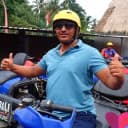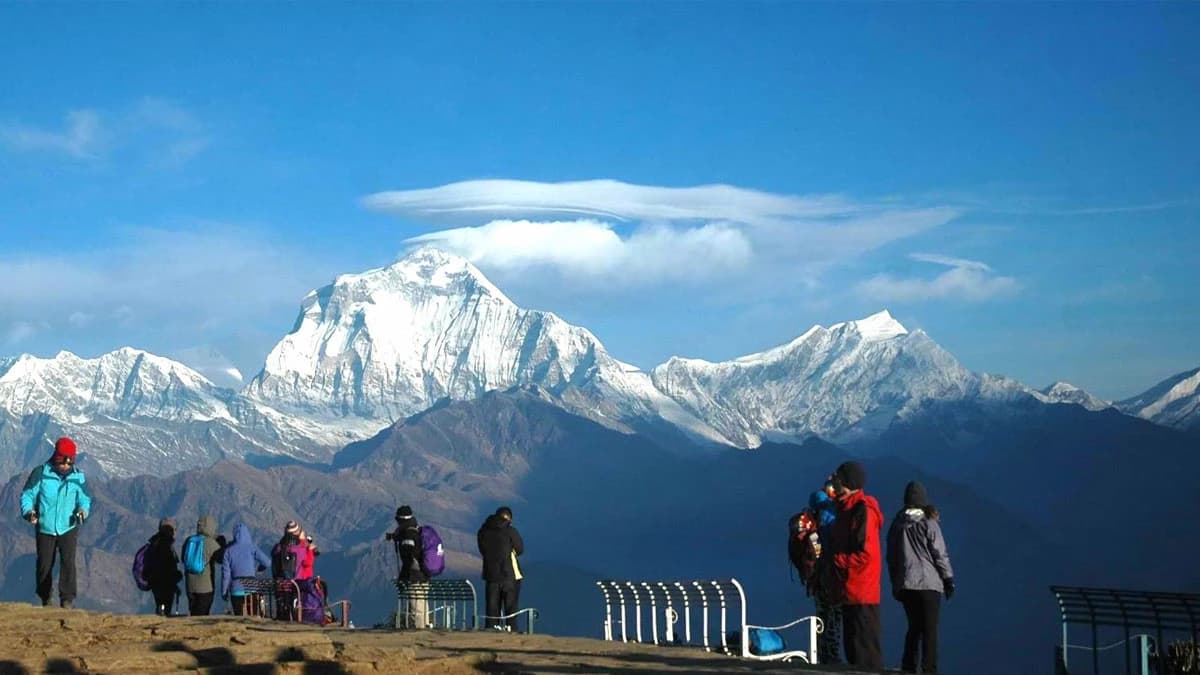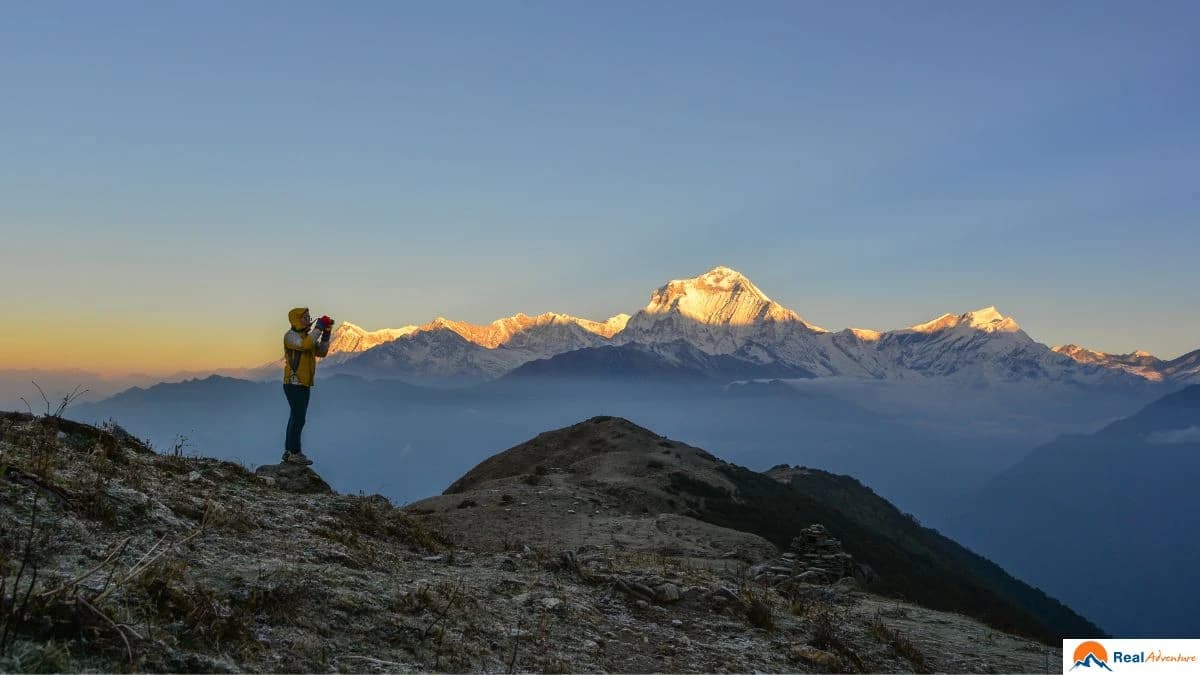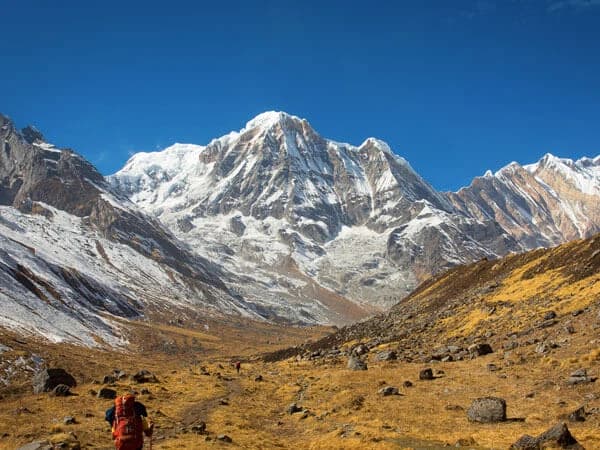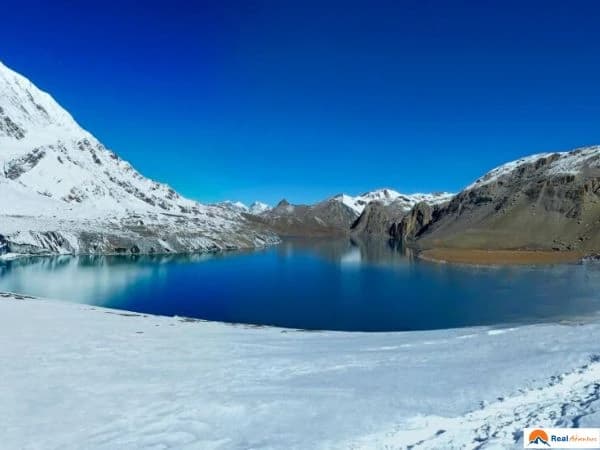Annapurna Panorama Trek – A Short and Easy Family Trek in the Himalayas
In just six days the Annapurna Panorama Trek takes people deep into the Himalayas, offering beautiful mountain scenes, local culture, and calm forests all in one compact package. Often called the 6 days Annapurna Panorama Trek, this is easy yet satisfying which is best for families, first time trekkers, and anyone eager to taste the Annapurna magic without signing up for weeks of tough walking.
Whether you want a quick Annapurna hike or just a laid back getaway in the Himalayas, this plan mixes scenery with local culture. Along the trail you will walk past cozy and friendly Gurung and Magar villages, meet new traditions, and feel the friendly welcome of hill folks. Because it moves gently, the Annapurna Short and Easy Family Trek suits busy travelers yet still packs in grand mountain views and easy comfort.
Discover the Beauty of the Annapurna Region
The Annapurna Panorama Trek unfolds in one of Nepal’s most scenic trekking regions. The trail meanders through lush rhododendron forests, terraced fields, and peaceful mountain villages like Ghandruk and Ghorepani. These traditional settlements offer a window into the lifestyle, culture, and customs of the local people, many of whom are descendants of the brave Gurkha soldiers.
One of the highlights of the trek is the early morning hike to Poon Hill, a world-renowned viewpoint that offers spectacular sunrise views over the Annapurna and Dhaulagiri mountain ranges. As the first light touches the snow-capped peaks, the mountains glow in golden hues—an unforgettable experience that remains etched in the memory of every trekker.
Ideal for Families and First-Time Trekkers
If you’re looking for a short and easy Annapurna trek suitable for all age groups, the Annapurna Panorama Trek is an excellent choice. With comfortable lodges, manageable trekking hours, and moderate altitudes (maxing out around 3,210 meters at Poon Hill), this trek is perfect for families with children, older adults, and first-time hikers. The trail avoids extreme elevation gain, reducing the risk of altitude sickness while still delivering stunning Himalayan views.
This Annapurna short trek is also a great option for travelers seeking a soft adventure that doesn't compromise on the scenic experience. The journey is filled with photo opportunities—majestic peaks, colorful forests, and traditional stone houses nestled into terraced hillsides.
A Culturally Immersive Experience
Besides its natural beauty, the Annapurna Panorama Trek provides rich cultural encounters. You’ll visit villages where daily life continues much as it has for generations. Prayer flags flutter in the breeze, ancient monasteries sit quietly along the trails, and locals welcome you with genuine smiles and warm hospitality. The opportunity to learn about the traditions, languages, and festivals of ethnic groups like the Gurung and Magar adds depth to the experience.
A Perfect Short Trekking Getaway
With increasing demand for short and scenic treks in Nepal, the 6 Days Annapurna Panorama Trek has emerged as a top choice among trekkers looking for a quick yet fulfilling Himalayan journey. Whether you're short on time or simply want a light trekking experience, this route offers a perfect introduction to the Himalayas.
From panoramic vistas of snow-capped peaks to immersive cultural experiences, the Annapurna Panorama Trek lives up to its name and reputation. If you're searching for an Annapurna short and easy family trek or a compact trekking adventure with high rewards, look no further—this journey promises unforgettable memories in just six days.
Highlights of Annapurna Panorama Trekking
- Enjoy stunning panoramas of the Annapurna and Dhaulagiri ranges.
- Discover traditional Gurung and Magar villages, where you'll experience local culture and hospitality.
- Witness a spectacular sunrise over the Himalayas from the famous Poon Hill viewpoint.
- Trek through beautiful rhododendron and oak forests, incredibly vibrant during spring.
- Walk through various terrains, from terraced fields to dense forests and high ridges.
- This trek is perfect for beginners and experienced trekkers looking for a mild challenge.

